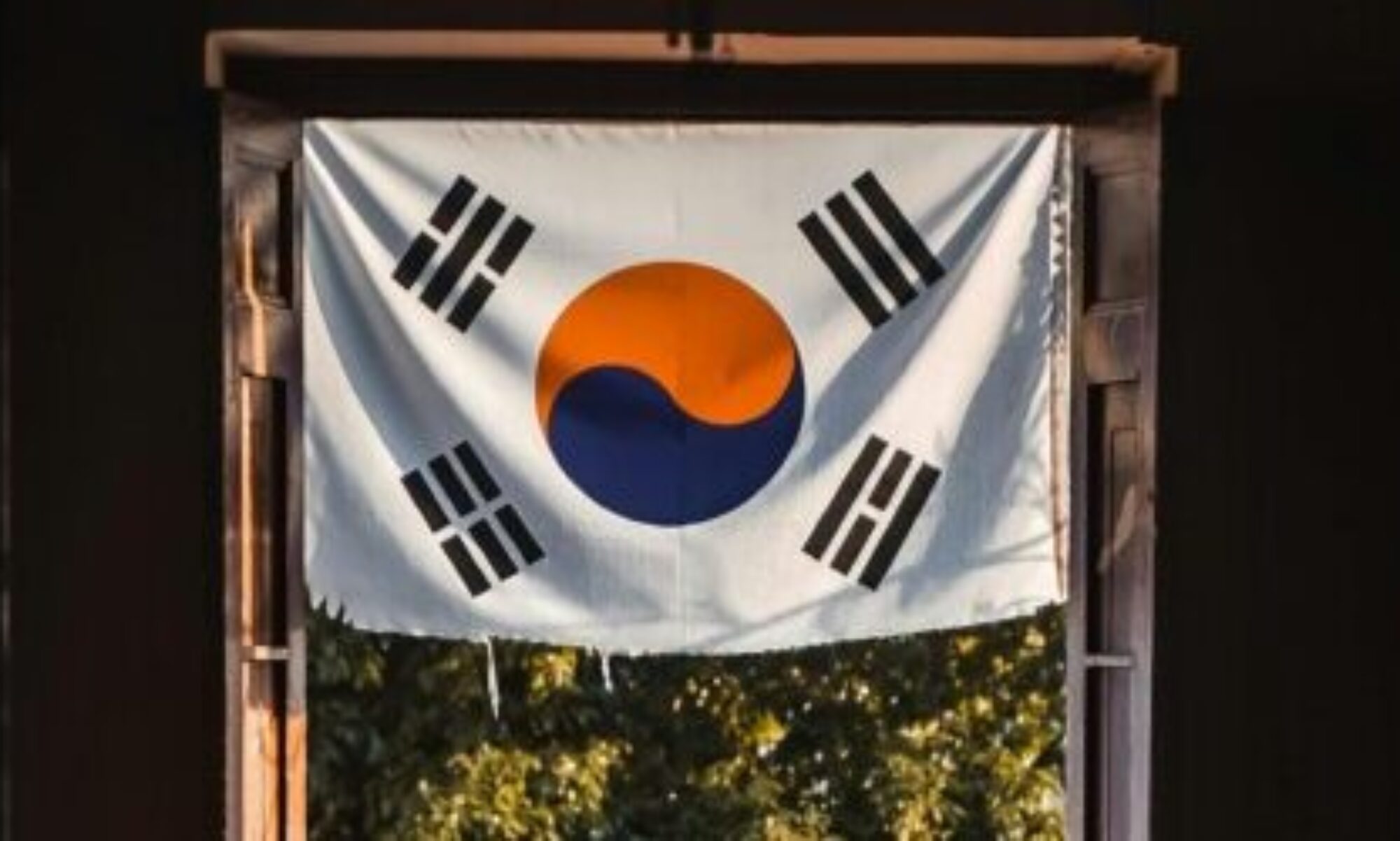 Korean mosi (모시) is a traditional textile made from ramie, a plant fiber. It is known for its lightweight, breathable, and durable qualities, ideal for hot and humid climates (Korea webzine _ design, 2024). Mosi fabric has been used for centuries in Korea to make summer clothes, such as hanbok (traditional Korean clothing), and other items like bedding (Weaving of Mosi (fine ramie) in the Hansan region | Intangible Heritage – UNESCO Multimedia Archives 2024). The process of making mosi is labor-intensive, involving the harvesting of ramie plants, peeling and splitting the fibers, and then weaving them into fabric (Lush, 2020). The fabric is often left in its natural color, which is a light, creamy white, but it can also be dyed. Mosi continues to be a symbol of Korean heritage, celebrated for its traditional craftsmanship and enduring practicality in contemporary fashion and textiles.
Korean mosi (모시) is a traditional textile made from ramie, a plant fiber. It is known for its lightweight, breathable, and durable qualities, ideal for hot and humid climates (Korea webzine _ design, 2024). Mosi fabric has been used for centuries in Korea to make summer clothes, such as hanbok (traditional Korean clothing), and other items like bedding (Weaving of Mosi (fine ramie) in the Hansan region | Intangible Heritage – UNESCO Multimedia Archives 2024). The process of making mosi is labor-intensive, involving the harvesting of ramie plants, peeling and splitting the fibers, and then weaving them into fabric (Lush, 2020). The fabric is often left in its natural color, which is a light, creamy white, but it can also be dyed. Mosi continues to be a symbol of Korean heritage, celebrated for its traditional craftsmanship and enduring practicality in contemporary fashion and textiles.
Mosi is highly valued in Korean culture, not only for its practical uses b ut also for its cultural significance. The town of Hansan in South Korea is particularly famous for its high-quality mosi production, and the craftsmanship involved in making mosi was designated as an Important Intangible Cultural Heritage by UNESCO in 2011 (Unesco – weaving of Mosi (fine ramie) in the Hansan Region 2023). Introducing mosi to the U.S. can promote cultural exchange and appreciation of Korean heritage, fostering greater awareness and interest in traditional Korean textiles. As the U.S. market increasingly values sustainability, mosi fabric’s natural and eco-friendly characteristics align with growing consumer preferences for environmentally responsible products. Mosi fabric’s distinctive qualities—its lightweight, breathable nature, and traditional craftsmanship—can attract consumers interested in unique, high-quality textiles and sustainable fashion.
ut also for its cultural significance. The town of Hansan in South Korea is particularly famous for its high-quality mosi production, and the craftsmanship involved in making mosi was designated as an Important Intangible Cultural Heritage by UNESCO in 2011 (Unesco – weaving of Mosi (fine ramie) in the Hansan Region 2023). Introducing mosi to the U.S. can promote cultural exchange and appreciation of Korean heritage, fostering greater awareness and interest in traditional Korean textiles. As the U.S. market increasingly values sustainability, mosi fabric’s natural and eco-friendly characteristics align with growing consumer preferences for environmentally responsible products. Mosi fabric’s distinctive qualities—its lightweight, breathable nature, and traditional craftsmanship—can attract consumers interested in unique, high-quality textiles and sustainable fashion.



